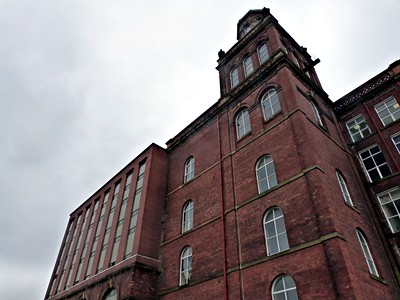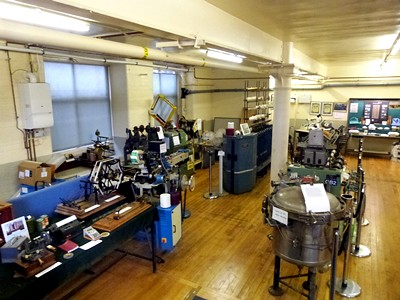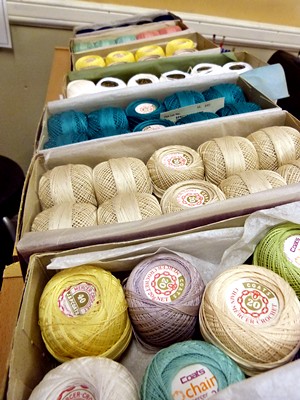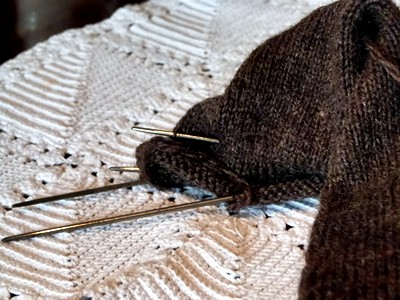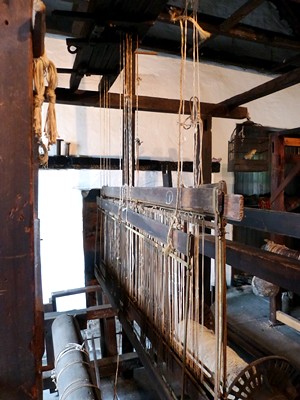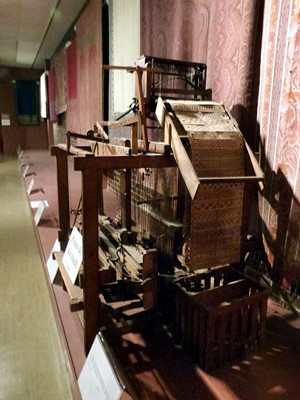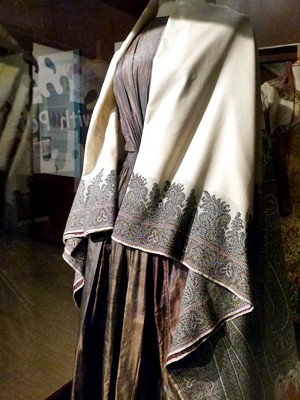Recently I have had a series of discussion with people on the topic of paying for patterns and respecting intellectual property. These people include Alison Crowther-Smith, Kate Davies, Sarah Hatton and Helen of RipplesCrafts - and as you can imagine, these ladies had very interesting things to say on the topic (and you can see Alison's thoughts in her link). I also followed a Ravelry thread with some interest; it was called "What patterns do you resent having to pay for?" and was a meandering debate on having to pay for uninteresting patterns in knitting magazines. And then there was the Danish blog I stumbled across which was somewhat laissez-faire about offering to translate paid patterns and distributing them for free. It all made me want to sit down and write a blog post about how I see it as a knitter, as a small-scale designer, and as someone who works for a yarn company.
Today I have been sitting for two hours charting a colourwork hat. Once I am done charting, I have two different set of decreased crowns to swatch before I can sit down to knit up the sample, block it, set up a photo shoot, do some post-shoot colour correction in PhotoScape, and then I will sit down to write a pattern. Normally I would then do pattern support for knitters who are unsure about charts or who need help finding a yarn substitute. If it sounds like work, it is because it is work.
Would I be upset if people started distributing one of my pattern for free? I would. Not only would it mock the amount of hours I put into a pattern, but it would also have real-life consequences in form of unpaid bills. That is right: I rely upon my design work to pay bills. It is a job, after all.
Stephanie Pearl-McPhee had a great blog post last year in which she wrote about knitting as work and the need to combat attitudes like "Knitting isn't an industry that needs to be taken seriously. Knitting is fun, and nice and so are knitters". Her reply deserves a highlighted quote:
I think most of you like to be paid for your work, besides, people do better work when they're paid. The exchange of money for time and effort is a good way to make sure that people have the time and attention to do a good job, and you know what makes knitting more fun? Patterns with fewer errors because a proper test knitter did a good job.
As for the seriousness of the knitting industry, I don't really see how you can imagine that there aren't a lot of people taking it seriously. I bet your local yarn shop owner takes it super seriously, right around the time he/she has to pay the rent. I bet yarn companies (big and small) take it seriously too. You know who else? Designers, test knitters, tech editors... all those people take it really seriously. For you it might be a hobby, but for a lot of people trying to support their families in this industry it would be amazing if most of us could at least agree that there could be and should be an idea of what jobs are worth what money.
This is also why I do not resent sock patterns or baby cardigans appearing in a knitting magazine. I may have indirectly paid for these patterns although I will never knit them - but I will also indirectly have kept a dozen of people in work because I paid £5 for a magazine with 15 patterns. Employment is cool.
Three times a week I work for a yarn company. I meet a lot of knitters and 99% of them are cool, fun, sweet and fabulous. Unfortunately I do meet a tiny, tiny handful of people who refuse to pay for patterns, who demand that I photocopy from a book for them, and who tear out pages of a pattern book.
I always try to explain why I cannot photocopy a pattern and why a pattern typically costs £3 - I believe it is as much about education as anything - but my brain cannot process why anyone would vandalise a book by tearing pages out of them, let alone risk getting in trouble with the police because - rest assured - security personnel will get the police out if you are caught. It is a knitting pattern. You are destroying private property because of a knitting pattern. This is not about a lack of knowledge - this is wilful theft.
Knitters love to talk about 'handmade' and 'slow fashion' and 'shop locally' - why not include 'valuing intellectual property' (though it needs to sound snappier). I don't want to start a discussion about copyright because every country is different (and, in some cases local copyright laws were written in response to antiquated technologies and are in dire need of being updated). I would, however, like to open a discussion about best practices, about moral obligations, and about communal education.
In fact, I would love to read your blog post about this.









